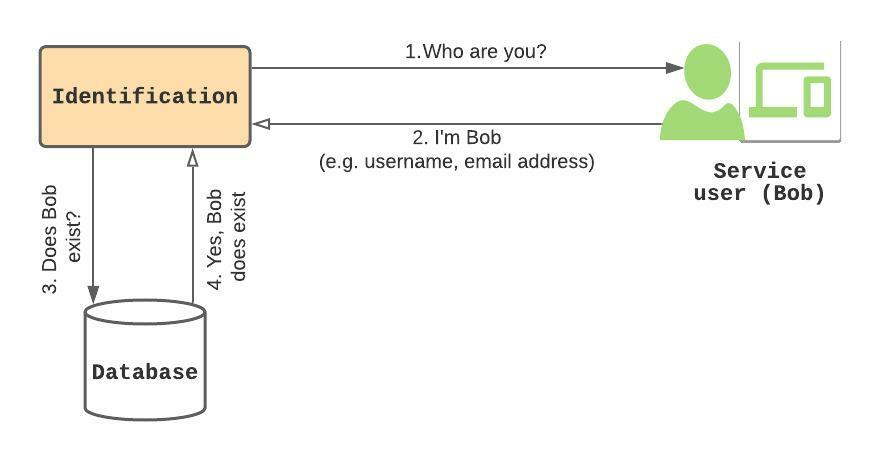In the digital age, online identity has become an essential aspect of daily life. Whether we are logging in to our email, making an online purchase, or accessing social media, we are required to establish and verify our digital identity. However, there is a significant difference between user identity proofing and identification in Identity and Access Management. In this blog post, we will explore these two concepts and understand how they differ.
User Identity Proofing
User identity proofing is the process of verifying a user’s identity using multiple methods. It is a critical step in preventing fraud and identity theft. The goal of user identity proofing is to establish trust that the person claiming to be a specific identity is, in fact, that person. It involves a series of checks and balances to ensure the user’s authenticity.
For instance, when you create an online account with a bank or a credit card company, you are required to provide several pieces of personal information such as your name, address, and date of birth. You may also need to provide a government-issued ID, such as a driver’s license or passport. The company uses this information to verify your identity. This process is known as user identity proofing.
Identification
Identification, on the other hand, is the act of recognizing someone based on a specific set of characteristics. It involves using one or more identification factors such as a username, password, or biometrics. Identification is the process of presenting a set of credentials to detect if there’s a match. To simply put it, identification is one-to-many comparison.

For instance, when you log in to your online bank account, you enter your username and password. The bank uses this information to identify you and allow you access to your account. This process is known as identification.
The Difference Between Identity Proofing and Identification
The main difference between user identity proofing and identification is that user identity proofing is the process of verifying the user’s identity, while identification is the process of recognizing the user based on their credentials. User identity proofing is a more rigorous process that involves multiple checks and balances to establish trust, while identification is a quick and straightforward process that only requires presenting a set of credentials.
Digital Identity Weakness
One of the biggest weaknesses of identity proofing is that the information provided can easily be falsified. Hackers and fraudsters can obtain personal information through data breaches, phishing scams, and social engineering. They can then use this information to create fake identities, making it difficult for organisations to verify a user’s identity.
The weakness of identification is that if the authentication factors are compromised, it can be easy for unauthorized users to access the resource. For example, if a hacker obtains the password of an individual, they can easily access the resource.
Conclusion
In conclusion, user identity proofing and identification are two critical concepts that help establish trust in online interactions. User identity proofing is a more rigorous process that involves verifying a user’s identity using multiple methods. Identification, on the other hand, involves recognizing a user based on a specific set of credentials. Both of these concepts are essential in preventing fraud and identity theft, and it is crucial to understand the difference between them.


